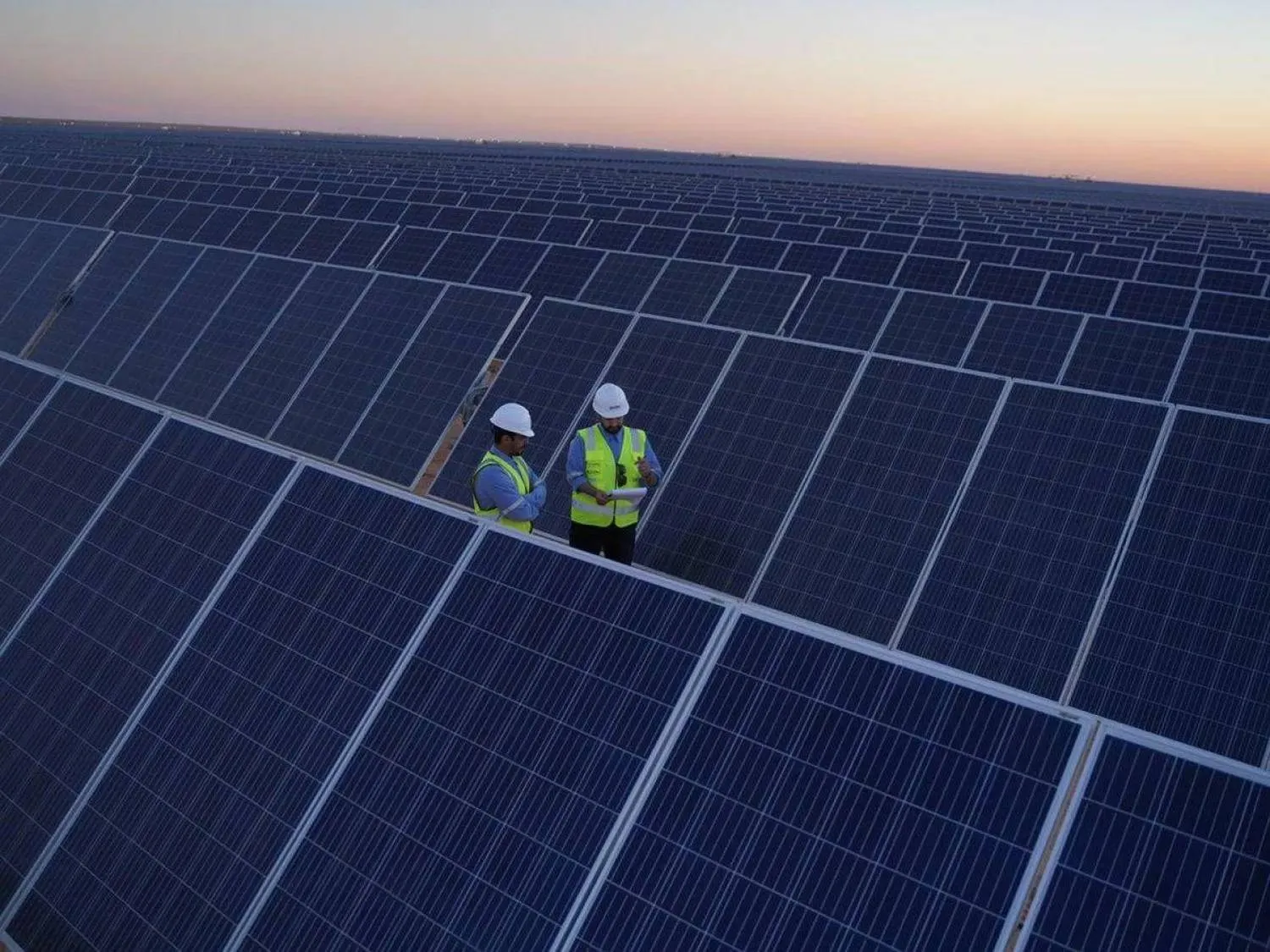The war in Ukraine has "multiplied risks" for the Middle East and North Africa's poorer countries by raising food and energy prices, the World Bank said Thursday, warning of potential social unrest.
In its latest update to its MENA growth forecast, the development lender said inflationary pressures set off by Covid-19 "are likely to be exacerbated" by Russia's invasion.
"The threat of Covid-19 variants remains and the war in Ukraine has multiplied risks, particularly for the poor," the World Bank's MENA vice president, Ferid Belhaj, said in the report, titled "Reality Check".
World Bank president David Malpass said this week that the Russian war on Ukraine has started a chain reaction in the global economy, pushing energy and food prices higher, exacerbating debt concerns and potentially worsening poverty and hunger.
"Rising food prices may have far-reaching effects beyond increasing food insecurity," said the report, adding: "Historically in MENA, increases in bread prices have... contributed to increased social unrest and conflict.
"This link between food prices, conflict and low growth poses a serious concern for the humanitarian crisis in fragile, conflict and violence-affected states in MENA," it said.
Ukraine is a key source of grain, while Russia is a major producer of energy and fertilizer needed for agriculture. The MENA region is heavily dependent on wheat supplies from both countries.
According to the report, inflation in Gulf countries is expected to reach 3.0 percent this year compared to 1.2 percent in 2021, and will rise to 3.7 percent in oil-importing countries from 1.4 percent last year.
"For some oil importers, food subsidies would be hard to maintain due to limited resources," while "rising oil prices could delay reforms", the report said.
Despite that, the World Bank forecasts that economic growth in the region will be 5.2 percent in 2022, the fastest rate since 2016.
"The region as a whole is buoyed by oil" and is doing "much better" than any other in the world, lead economist for the MENA region Daniel Lederman told AFP in an interview.
However, the expected growth is "insufficient and uneven".
"Insufficient because a large number of economies in the MENA region will still be poor in terms of their GDP per capita relative to where they were in 2019 in the eve of the pandemic," he said.
And "uneven because the faster (recovering) economies for 2022 are expected to be oil exporters, but oil importers are expected to suffer".
Lederman urged greater transparency from MENA governments regarding their economic data, citing this as a factor behind previously overoptimistic forecasts.
"Published research in leading economic journals in the world indicate that overly optimistic and imprecise forecasts are associated with debt and financial vulnerabilities, higher probability of financial crises and even economic contractions in the near future," he said.









